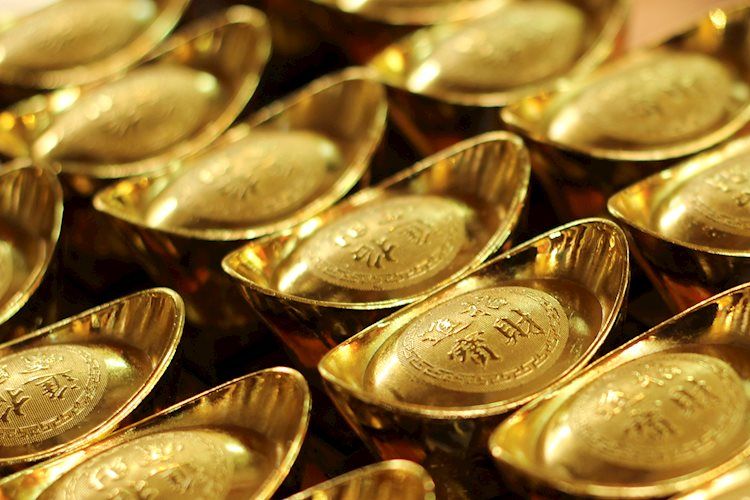The price of gold is once again finding support near the $2,020 mark, as the focus turns to the upcoming US inflation data. Despite an increase in US Treasury bond yields, the US Dollar is losing ground. The price of gold is currently trading between the 21-day and 50-day Simple Moving Averages (SMAs), waiting for a breakout in this range.
The Asian trading market is cautiously optimistic following a positive close on Wall Street, but traders are staying on the sidelines in anticipation of the US Consumer Price Index (CPI) data. This data is expected to have a significant impact on the market’s perception of potential US Federal Reserve interest rate cuts.
Expectations for the US CPI indicate a rise in annual inflation, with the Core CPI expected to decline slightly. A hotter-than-expected CPI could push back against potential Fed rate cuts, providing a lift to the US Dollar and potentially weakening gold prices.
Conversely, softer-than-expected inflation data could reinforce expectations of a Fed rate cut, potentially boosting gold prices. Currently, there is a 66% probability that the Fed will slash rates in March, and the market’s prudence is expected to keep gold prices fluctuating within a familiar range.
Technical analysis indicates that gold prices may remain confined between the 21-day and 50-day SMAs, with a potential rebound if US inflation readings are softer than expected. However, an upside surprise in the CPI data could lead to a downtrend in gold prices.
Additional Insight:
It’s important to note that gold is widely considered a safe-haven asset and a hedge against inflation and depreciating currencies. As such, economic and geopolitical factors can significantly impact its price. Additionally, central banks’ decisions to buy or sell gold, as well as the behavior of the US Dollar and major reserve assets, can influence the movement of gold prices. Investors and traders often closely monitor these factors to make informed decisions in the gold market.









